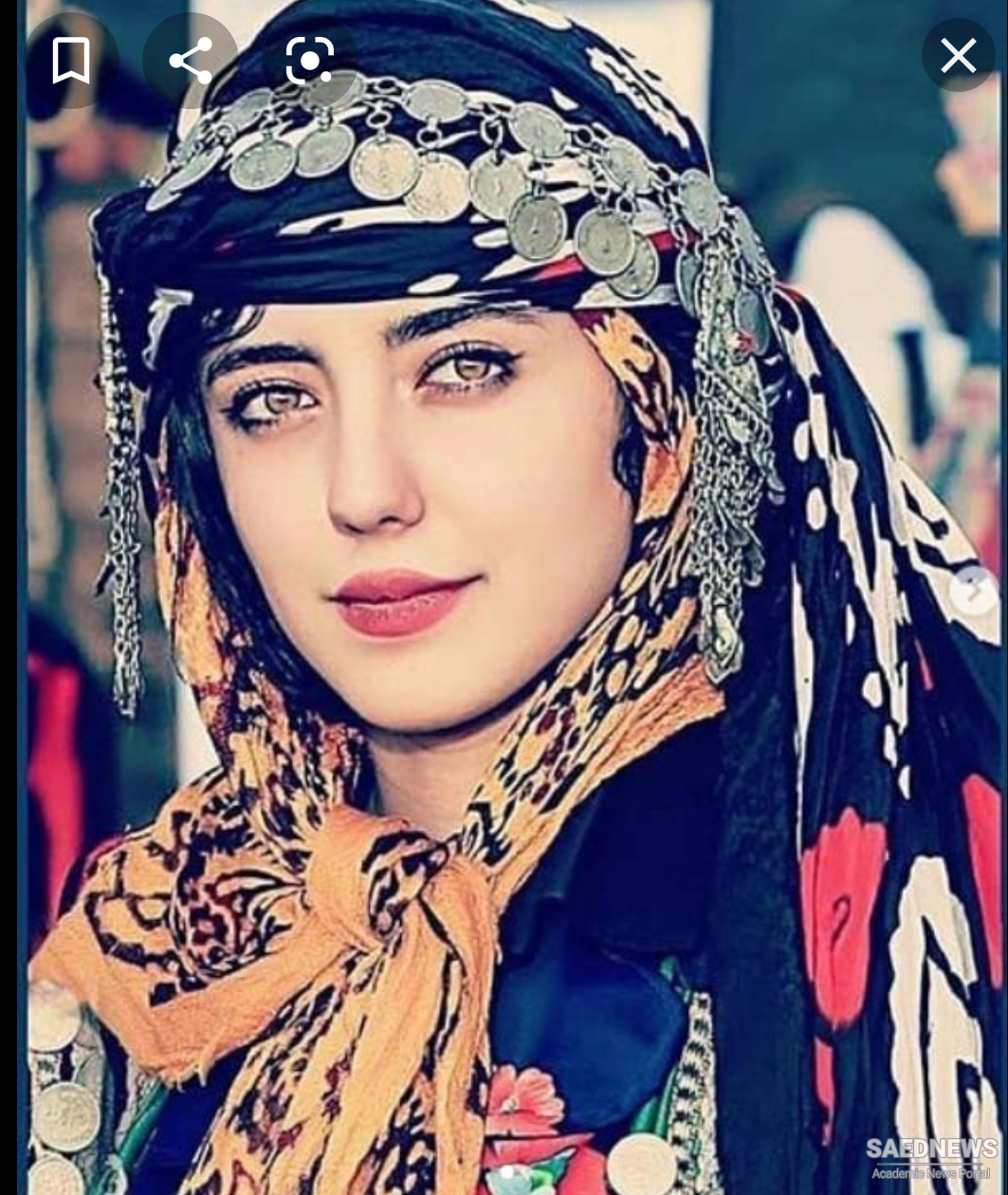The territories occupied by Lurs include three provinces: Luristan (the land of Lors), Bakhtiari and Kuh-Gilu-Boir Ahmed. In addition, Lurs constitute a significant proportion of the population in several provinces including Khuzistan, Fars, Ilam, Hamadan and Bushehr. Most Lurs speak an Iranian dialect known as Luri; however, nearly half the Lurs of Luristan province speak Laki, another Iranian dialect. The Luri dialect is closer to Persian while Laki is closer to Kurdish. Generally speaking, Luri is divided into northern and southern dialects. The northern dialect is spoken in Luristan, several districts of Hamadan (Nahavand, Towisarkan) and by the inhabitants of south and southwest Ilam and northern part of Khuzistan province. The southern dialect is spoken by the inhabitants of Bakhtiari, Kuh-Gilu-Boir Ahmed and also in the north and east of Khuzistan, in the Mamasani district of Fars, and also in most areas of Bushehr province.
The territories presently occupied by the Lurs have been inhabited by man for some 40,000 years (Hole 1978). Thus far, archaeological investigations in Luristan have unearthed tools and artifacts from the middle paleolithic, upper paleolithic, mesolithic and bronze age. However, the earliest known people to inhabit the territories presently occupied by the Lurs were the Elamites, who settled in the area as early as 3000 BC. Later, the Kassites, who are well known for their bronze artifacts, lived in Luristan as early as second millennium BC, while the Elamites continued to hold the rest of their territories. The Kassites formed a dynasty, conquered Babylonia in 1747 BC and dominated Mesopotamia for 576 years.
The Elamite and the Kassite dynasties were overtaken by the Indo-Iranians during the first millennium BC. Thus, the ancestors of the Lurs, as a segment of the Persian population, settled in their present territories and dominated the native inhabitants in the later part of the first millennium BC (Cameron 1936). Unfortunately, little information is available on the history of the Lurs during the Greek (331-192 BC), Parthian (129 BC-AD 226) and Sassanid (AD 226-641) periods.
During the Arab invasion of the seventh century, the Lurs, along with other Iranians, unsuccessfully fought against the Arabs. The Arabs' absolute domination of Iran, including Lur territory, lasted over two centuries. In the beginning of the ninth century, however, revolts took place in different parts of Iran and local dynasties were established in several areas of the country. One such local dynasty was that of the Buyids, who originated in northern Iran and conquered most areas of the country, including the Lur territory, in the tenth century. By the middle of the tenth century, the areas inhabited by the Lurs were collectively known as Luristan. Later on, Luristan was divided into two parts: Lur-i-kuchek (Luristan Minor) and Lur-i-bozorg (Luristan Major). The former corresponded to modern Luristan and Ilam provinces while the latter included modern Bakhtiari, Kuh-Gilu-Boir Ahmed and Mamasani.
In the eleventh century, Iran was invaded by the Seljuks, Turkish speaking pastoralists from central Asia. As a result, a group of Turkmans under the leadership of Sunqur settled in Kuh-Gilu of Lur-i-bozorg. The capital of Luri-i-kuchek was also invaded and ransacked by the Seljuk Turks in 1043.
In spite of all these invasions, the Lurs maintained their territorial integrity, absorbed the invaders, and eventually established two local dynasties known as Atabak during the twelfth century.


 The Radif of Persian Art Music
The Radif of Persian Art Music














































